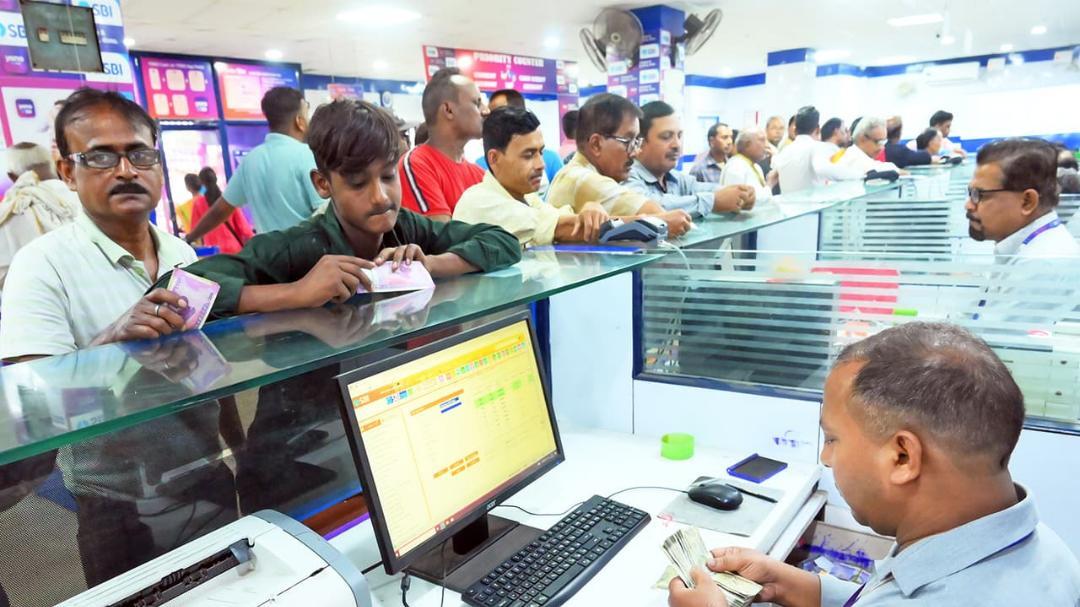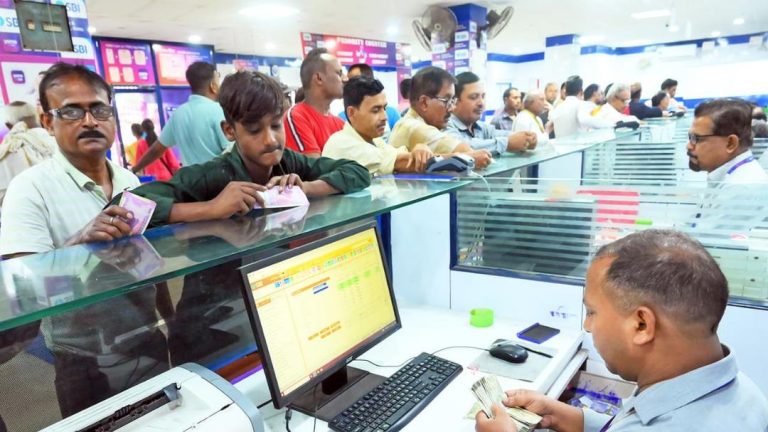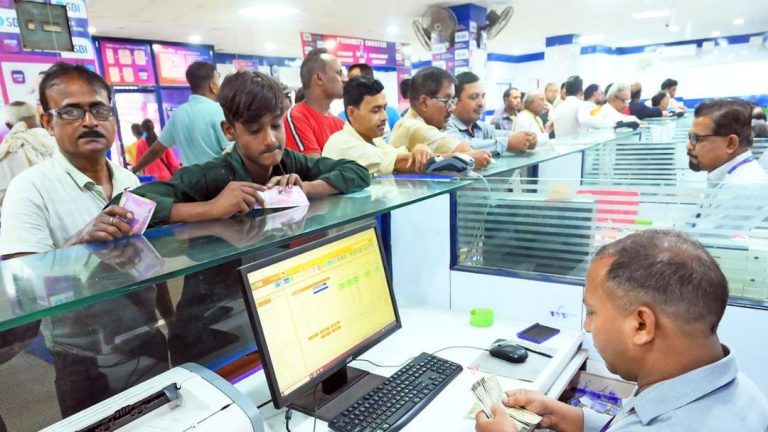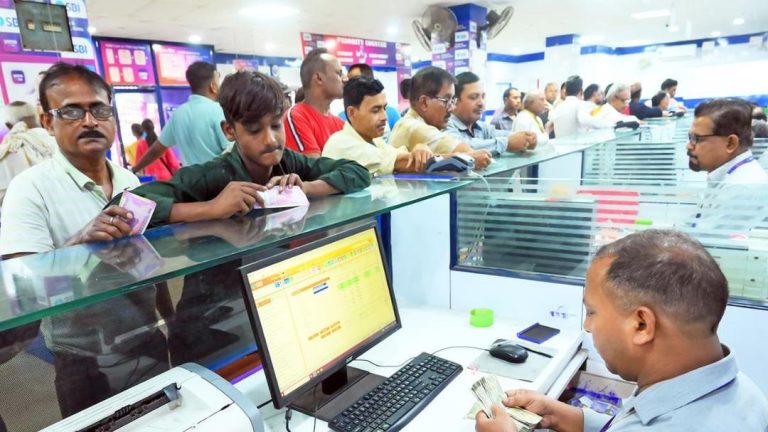
RBI’s Government Securities Holdings Jump to 14.2%: SBI Report
The Reserve Bank of India’s (RBI) share in government securities has witnessed a significant surge, rising to 14.2% in June 2025 from 11.9% last year, according to a recent report by the State Bank of India (SBI). This increase in the RBI’s holdings is a notable development, especially considering the banking sector’s reduced exposure to government securities. Meanwhile, insurance companies have maintained a stable holding pattern. As the central and state governments prepare for heavy borrowings in the coming months, the bond yields are expected to remain rangebound. Furthermore, the RBI’s interventions in the foreign exchange market have tightened liquidity, prompting the central bank to announce fresh Open Market Operations (OMO) moves.
The RBI’s increased holdings in government securities can be attributed to its efforts to manage the yield curve and maintain liquidity in the market. By purchasing government securities, the RBI aims to reduce the supply of securities in the market, thereby putting upward pressure on prices and downward pressure on yields. This move is crucial, especially during a period when the government is set to borrow heavily to finance its fiscal deficit. The increased borrowing can lead to higher yields, making it more expensive for the government to borrow. By intervening in the market, the RBI can help keep yields in check, making it easier for the government to borrow at a lower cost.
The reduction in banks’ exposure to government securities is another significant development. Banks have been reducing their holdings of government securities in recent months, opting instead to lend to the private sector. This shift in strategy is driven by the banks’ desire to improve their credit growth and increase their lending to the private sector. With the economy showing signs of recovery, banks are keen to capitalize on the growth opportunities in the private sector. However, this reduction in banks’ exposure to government securities has been offset by the RBI’s increased holdings, ensuring that the overall demand for government securities remains robust.
Insurance companies, on the other hand, have maintained a stable holding pattern. Insurance companies are significant investors in government securities, and their holdings have remained relatively stable over the past year. This stability is largely due to the long-term nature of their investments, which are typically held to maturity. Insurance companies are not as sensitive to short-term market fluctuations, and their investment strategies are often driven by their long-term liability profiles.
The upcoming heavy borrowings by the central and state governments are likely to keep bond yields rangebound. The government’s borrowing program is expected to be significant, with the central government alone planning to borrow over ₹12 lakh crore in the current fiscal year. This heavy borrowing can lead to higher yields, as the market absorbs the increased supply of government securities. However, the RBI’s interventions in the market, combined with the stable demand from insurance companies, are likely to keep yields in check.
The RBI’s forex interventions have also had a significant impact on the market. The RBI has been intervening in the foreign exchange market to manage the rupee’s volatility. These interventions have resulted in a tightening of liquidity, prompting the RBI to announce fresh OMO moves. The OMO moves are aimed at injecting liquidity into the market, which has been depleted due to the RBI’s forex interventions. The fresh OMO moves will help maintain liquidity in the market, ensuring that the banking system has sufficient funds to meet their requirements.
In conclusion, the RBI’s increased holdings in government securities, combined with the reduction in banks’ exposure and the stable holdings of insurance companies, are significant developments in the market. The upcoming heavy borrowings by the central and state governments are likely to keep bond yields rangebound, while the RBI’s forex interventions and OMO moves will continue to manage liquidity in the market. As the economy continues to grow, the RBI’s actions will be crucial in maintaining financial stability and ensuring that the government’s borrowing program is executed smoothly.




